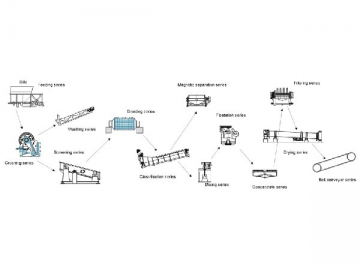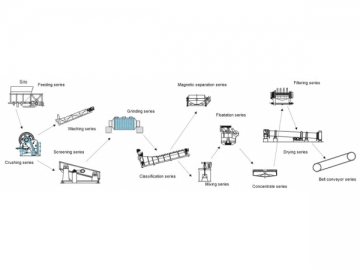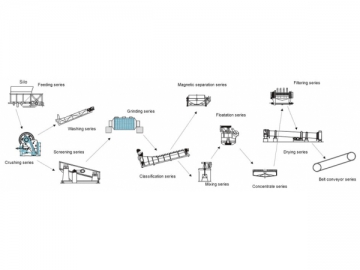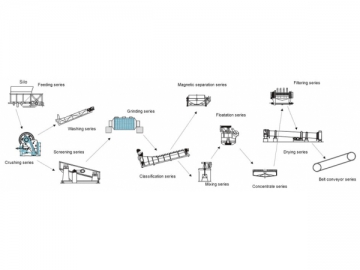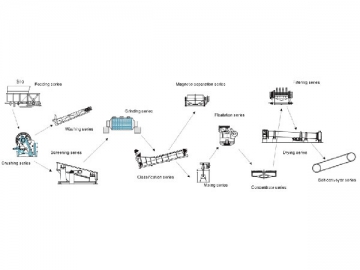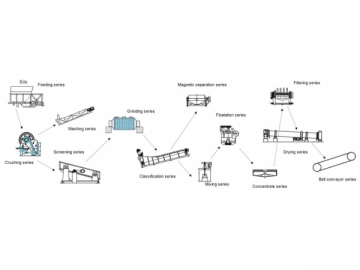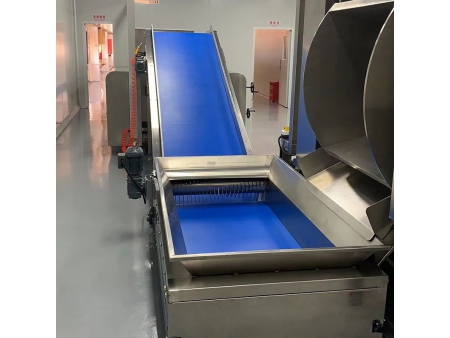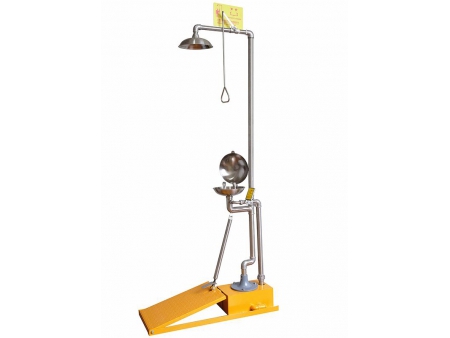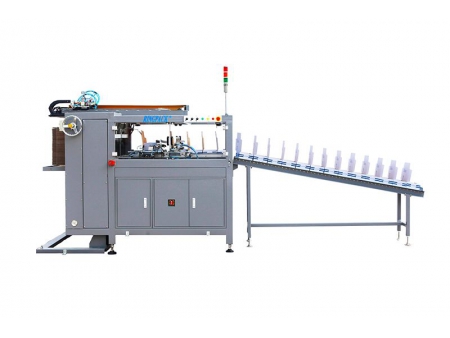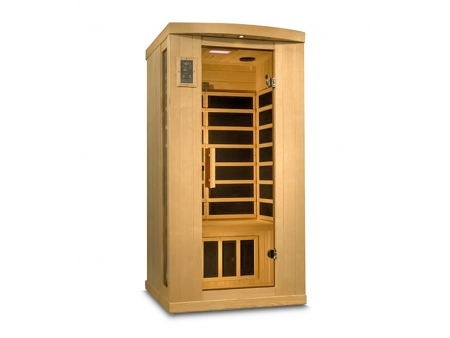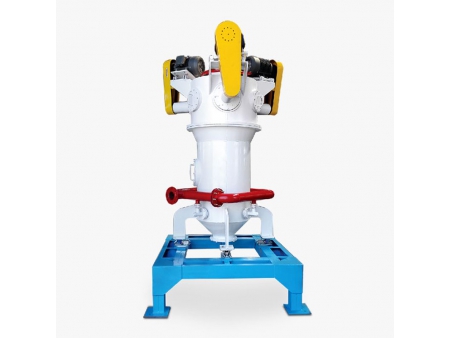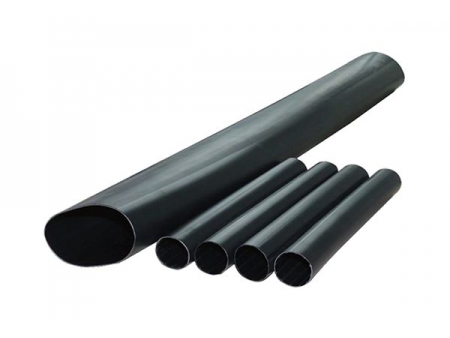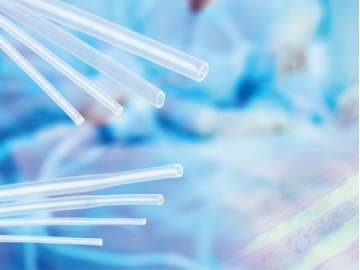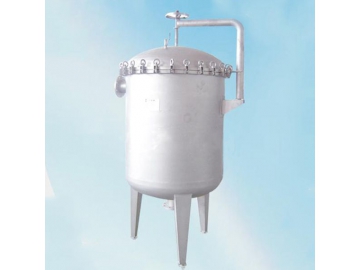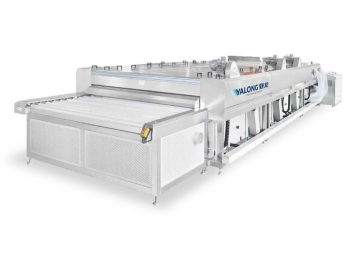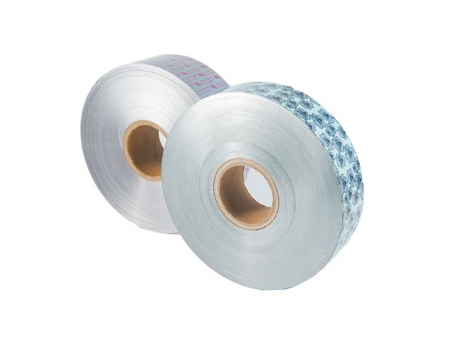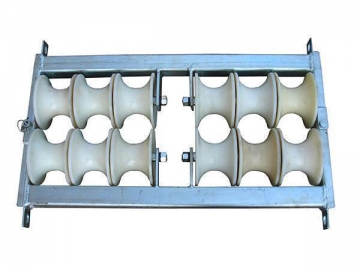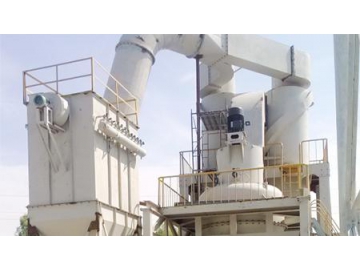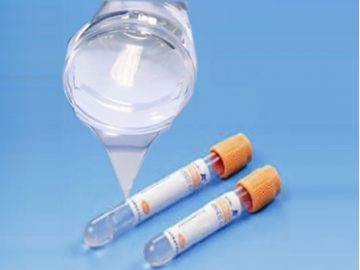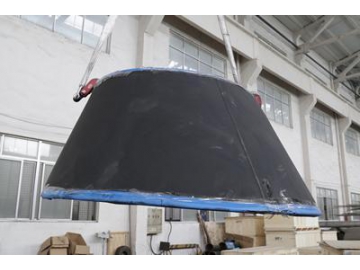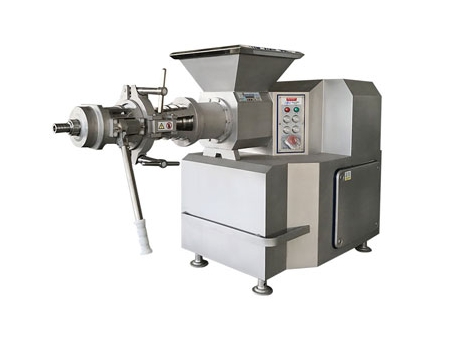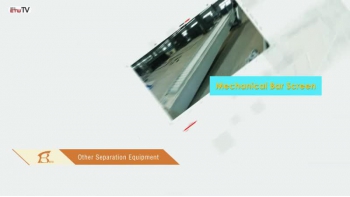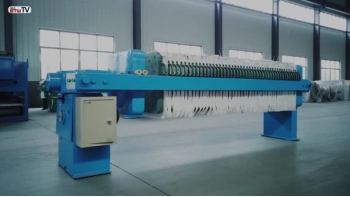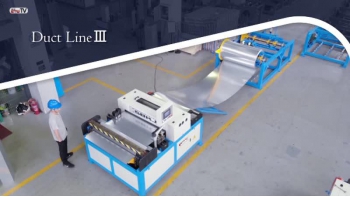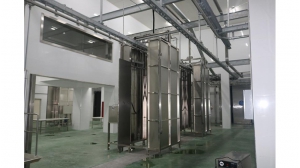Molybdenum Separation Line
First, the molybdenum will go through coarse grinding and rough concentration to produce rough concentrate. Then proper regrinding and fine separation will be carried out based on specific nature of the rough concentrate.
The quantity of reagents used is strictly controlled in the rough concentration procedure. Valuable minerals are collected as soon as possible, thereby avoiding repeated cycle and unnecessary loss. In the process, the quantity of ore in regrinding is reduced and liberation of molybdenum will be sped up as well.
In the separation process, a foam layer will be formed with air bubbles continuously rising to the liquid level. Certain amount of the bubbles will break in the foam layer, thus removing hydrop hilic impurities and keeping valuable minerals on the surface of the forth. Therefore, concentrate grade is further enhanced by secondary enrichment feature of the bubbles. Moreover, proper amount of water can be added to wash the foam. In this way, the content of impurities will be reduced a lot and the flotation efficiency will be highly improved at the same time.
Consequently, we are able to reduce energy consumption by 30 percent and improve recovery by 10 percent. The concentrate grade is also boosted greatly.
Case One
In a molybdenum mine in Fujian, the major valuable mineral was molybdenite, non-metallic minerals contained a major proportion of quartz and gangue minerals suffered from serious alteration. The grade of the raw molybdenum was about 0.38 percent.
The dressing plant adopted a process which entailed one rough concentration, two scavenging and four fine separations. In recent years, the ore characteristics had changed as the mining depth increased. Quality of the finished product degraded gradually and more and more molybdenum was wasted.
Later, they reached to us for help. Our technical staff made some field investigations and then identified the problems after analyzing. Through multiple tests, we finally developed a new process which consisted of one grinding, one rough concentration, one separation and regrinding for rough concentrate, three scavenging and seven fine separations after regrinding. In addition, regulations of the reagents were modified as well. Our scheme contributed to less consumption of reagents, lower labor cost, lower management cost, higher economic benefit and greater social benefit.
Specific indexes of finished product before and after improvements are listed in the table below.
| Before and After Improvements | Process | Molybdenum Concentrate Grade /% | Molybdenum Concentrate Recovery /% |
| Before | one rough concentration, two scavenging and four fine separations | 35.30 | 78.78 |
| After | one grinding, one rough concentration, one separation and regrinding for rough concentrate, three scavenging and seven fine separations after regrinding | 45.23 | 73.68 |
Case Two
For higher quality molybdenum concentrate, we are capable of designing separation process according to the specific nature of molybdenum and we also provide matched devices. Nowadays, we have successfully designed and built almost one hundred production lines at home and abroad and they all have been well received.
The most representative user of ours is a molybdenum ore in Inner Mongolia. Their molybdenum featured even grade distribution and medium-fine grains. The metal minerals mainly consisted of pyrite and molybdenite, while gangue minerals comprise a major proportion of quartz. The initial molybdenum grade was ranging from 0.06 to 0.11 percent. The capacity was 1,000 tons per day. They utilized a close-circuited process entailing stage grinding and stage concentration.
In order to make the most use of the ore, they decided to speed up the exploration which required expansion of the original dressing plant. They wanted to expand the capacity from 1,000 to 10,000 tons per day. Then we were commissioned to design the new process and produce relevant devices. To ensure the reliability of the newly designed process, we conducted many times of mineral processing experiments. Later, we decided to remove the second-stage grinding with ball mill and classification procedures as well as all following flotation steps, which significantly briefed the production process. Furthermore, we arranged four fine separations instead of roughing concentration. We also made some adjustments of the reagents. As a result, cost caused by energy, milling balls, reagents, labor and management was reduced significantly. With the new process, 10 million yuan could be saved every year. The concentrate grade and recovery were 45.55 and 89.26 percent respectively. They were very satisfied with the results and then offered to build a long-term cooperative relationship with us.

